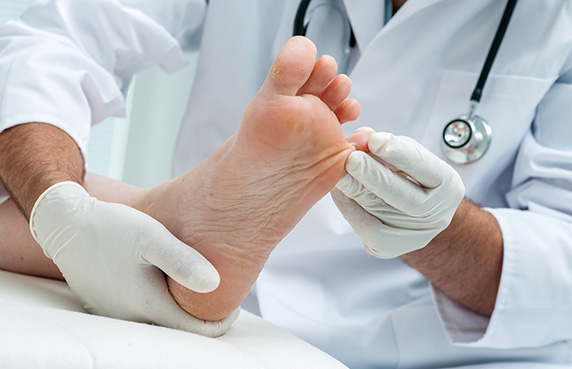Do you have any of these problems?
- Fibrocystic and tender breasts
- Heavy menstrual bleeding
- Irregular menstrual cycles
- Uterine fibroids
- Decreased libido
- Mood swings
- Vasomotor symptoms
- Weight gain (hips, waist, thighs)
- Foggy thinking, forgetfulness
- Increased levels of triglycerides
The problem could be “estrogen dominance”, a common condition that occurs when the body has a relative deficiency of progesterone in relation to estrogen. You are probably thinking “What does this have to do with a man? Read on…
Depending on a woman’s age, there can be various causes of Estrogen Dominance:
Premenopause: Lack of ovulation and/or reduction of ovarian production of progesterone. In younger women, estrogen dominance is likely a result of a luteal phase defect or a cycle when she fails to ovulate. Even while women are still menstruating relatively regularly, anovulatory cycles become more common with age and without ovulation, no corpus luteum is formed and therefore very little progesterone is produced.
Perimenopause (40s-mid-50s): Lack of ovulation or erratic cycles, when estrogen levels fluctuate rapidly from high to low in the absence of adequate progesterone. As a woman reaches menopause and ovulation ceases completely, the production of progesterone will typically have decreased by over 90%. However, estrogen continues to be produced from the conversion of testosterone in her peripheral adipose (fat) tissue, resulting in estrogen dominance.
Postmenopause: An imbalance of progesterone to estrogen in waning reproductive years when ovarian production of estrogen can decline by as much as 60% and levels of progesterone can drop to nearly zero with the cessation of ovulation.
Hormone imbalances triggered by medications like synthetic hormone combinations have also been found to contribute to estrogen dominance problems.
A person can be estrogen dominant if estradiol and progesterone levels are within the normal range but the Progesterone to Estrogen (Pg/E2) ratio is low (less than 200). Even someone with low estrogen levels can be estrogen dominant if the person has inadequate levels of progesterone. Therefore, it is important to determine the Pg/E2 (progesterone to estradiol) ratio and initiate therapy with bioidentical progesterone if needed. It is important to use natural, bioidentical progesterone which is quite different from synthetic derivatives known as progestins. Progestins help to protect women from endometrial hyperplasia (overgrowth of the lining of the uterus that can lead to cancer), but progestins can create or exacerbate other hormone related health problems and contribute to estrogen dominance.
In men, relative levels of free circulating estrogens increase with age which can increase estrogenic action in the prostate gland. Bioavailable testosterone levels decline in the aging male due to decreased production by the testes and increased sex hormone binding globulin (SHGB) levels which result in lower levels of free circulating testosterone. However, an age-related increase in body weight and fat cells can result in high levels of aromatase, an enzyme that converts testosterone to estrogen. It has been proposed that increased estrogenic stimulation of the prostate in the aging male may lead to reactivation of prostate growth and cancer. Estrogen effects on the prostate gland may also be related to interactions with other serum hormones.
Relatively low levels of progesterone to estrogen can create functional hypothyroidism with reported symptoms of fatigue, weight gain, constipation and thinning hair. When we are stressed, we produce higher amounts of the hormone cortisol which further reduces progesterone levels. Without progesterone supplementation, most women will experience estrogen dominance at some point in their lifetime, the extent of which will vary based on genetics, nutrition, emotional stressors and exposure to environmental toxins.
Our pharmacist can work together with you and your physician to develop a custom treatment plan and monitor your progress.






